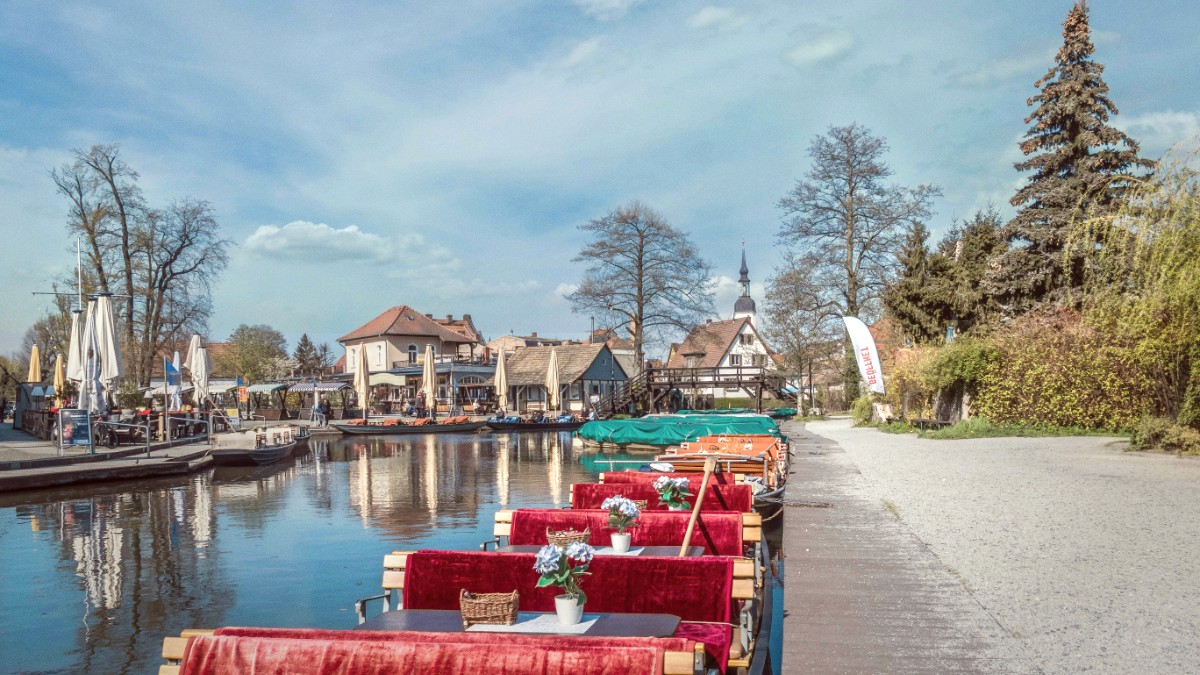
Germany
Deutsche Bahn's regional trains are a practical way to travel between the main Spreewald towns. The RE2 line (Cottbus-Berlin-Wismar) and RE7 line (Dessau-Berlin-Senftenberg) serve Spreewald stops like Lübbenau (Spreewald) and Lübben (Spreewald).
These trains offer relatively frequent service and comfortable travel. They give direct connections to Berlin. A network of regional bus lines supplements the train system. These buses serve smaller villages and connect them to train stations and larger towns. They are important for reaching places like Burg (Spreewald) which do not have a train station directly in the center.
Route maps for regional trains and buses are available online through the VBB or Deutsche Bahn websites.
Buy train tickets at machines, bus tickets from the driver. DB Navigator and VBB apps permit digital purchases.
Trains generally operate from early morning until late evening; frequency varies. Buses have more limited schedules.
Taxis in Germany are typically cream-colored with a "TAXI" sign on the roof.
You can hail them in larger towns, or find them at designated stands at stations.
Fares are metered. Cash is often preferred, but many accept cards. Confirm payment options.
Uber and Bolt are not widely available in the Spreewald region itself.
Renting a bicycle or a boat offers the most immersive and flexible ways to explore the Spreewald. Car rentals are also an option for broader regional travel. DiscoverCars.com for car rentals.
The Spreewald is highly pedestrian-friendly, with numerous marked walking trails through forests and along canals.
Self-guided walking routes are well-signposted. Maps are available at tourist information centers. Guided tours may be seasonal.
An extensive network of well-maintained, flat cycling paths makes for scenic and safe rides. The "Gurkenradweg" is popular.
The Spreewald offers unique local transport options that are part of its charm and history.
Numerous marked walking trails wind through forests, across meadows, and along the canals. Town centers are easily walkable.
Suitable for all fitness levels.
The Spreewald has an extensive network of well-maintained, flat cycling paths. Many paths run parallel to canals.
The famous "Gurkenradweg" is a popular choice.
Helmets are not a legal mandate for adults but are highly recommended. Always stick to marked trails and paths in sensitive areas.
Observe nature conservation rules.
The charming local river transportation, specifically the punt boats, forms a memorable part of the Spreewald experience, even if it is not an international arrival method.
It truly immerses you in the region's unique culture and natural beauty, offering a perspective not found elsewhere.